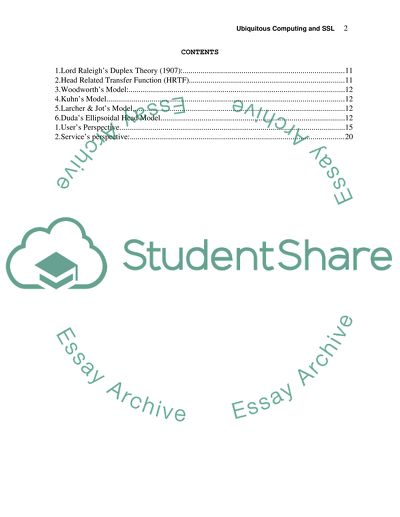Cite this document
(“Ubiquitous Computing Essay Example | Topics and Well Written Essays - 3500 words”, n.d.)
Retrieved from https://studentshare.org/technology/1520165-ubiquitous-computing
Retrieved from https://studentshare.org/technology/1520165-ubiquitous-computing
(Ubiquitous Computing Essay Example | Topics and Well Written Essays - 3500 Words)
https://studentshare.org/technology/1520165-ubiquitous-computing.
https://studentshare.org/technology/1520165-ubiquitous-computing.
“Ubiquitous Computing Essay Example | Topics and Well Written Essays - 3500 Words”, n.d. https://studentshare.org/technology/1520165-ubiquitous-computing.


